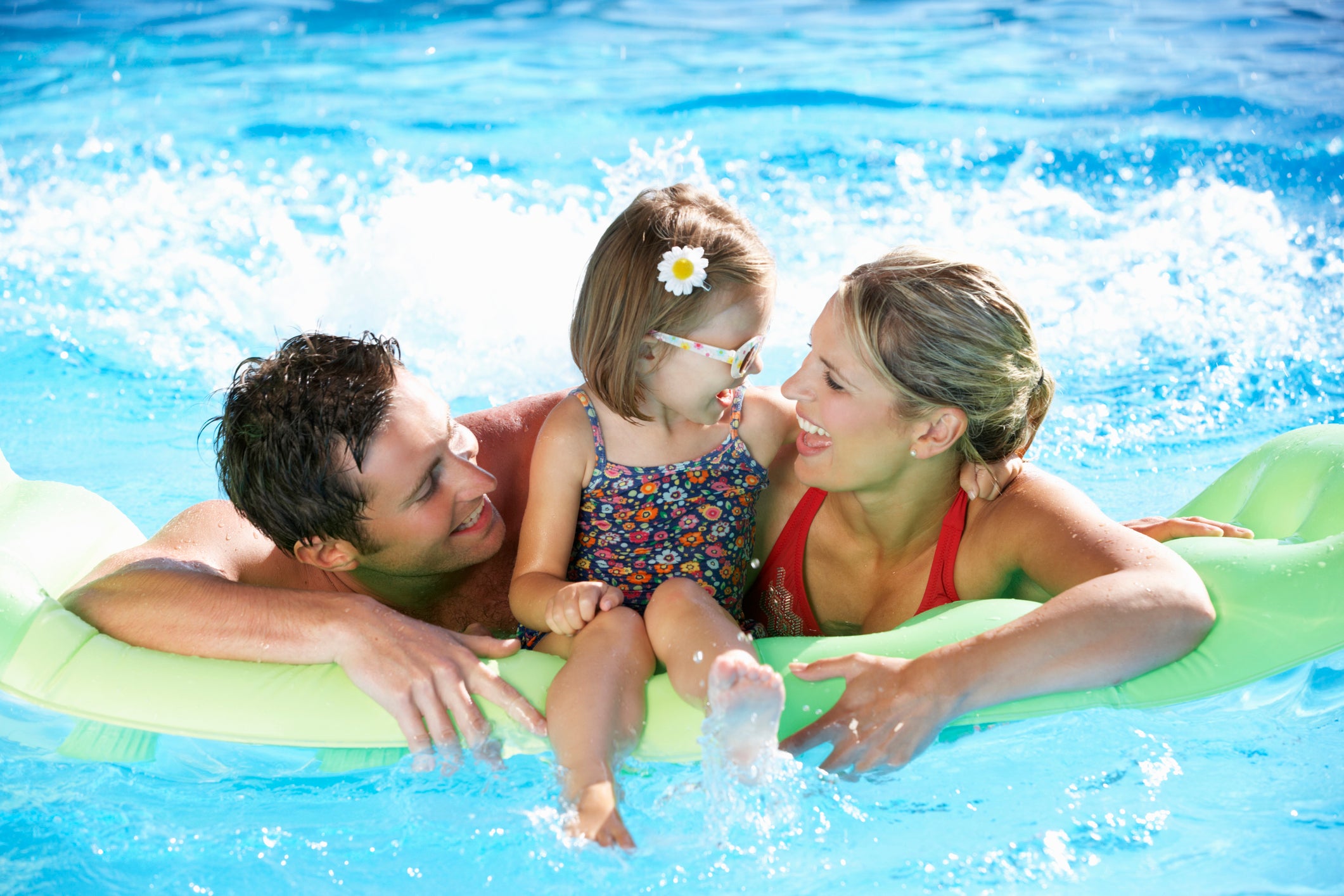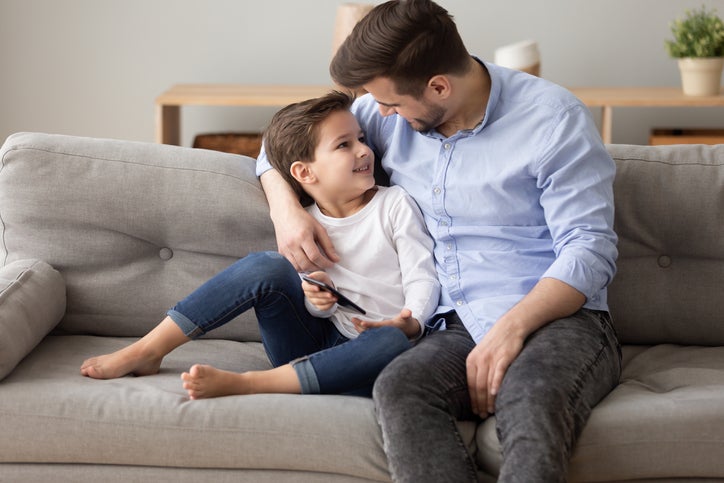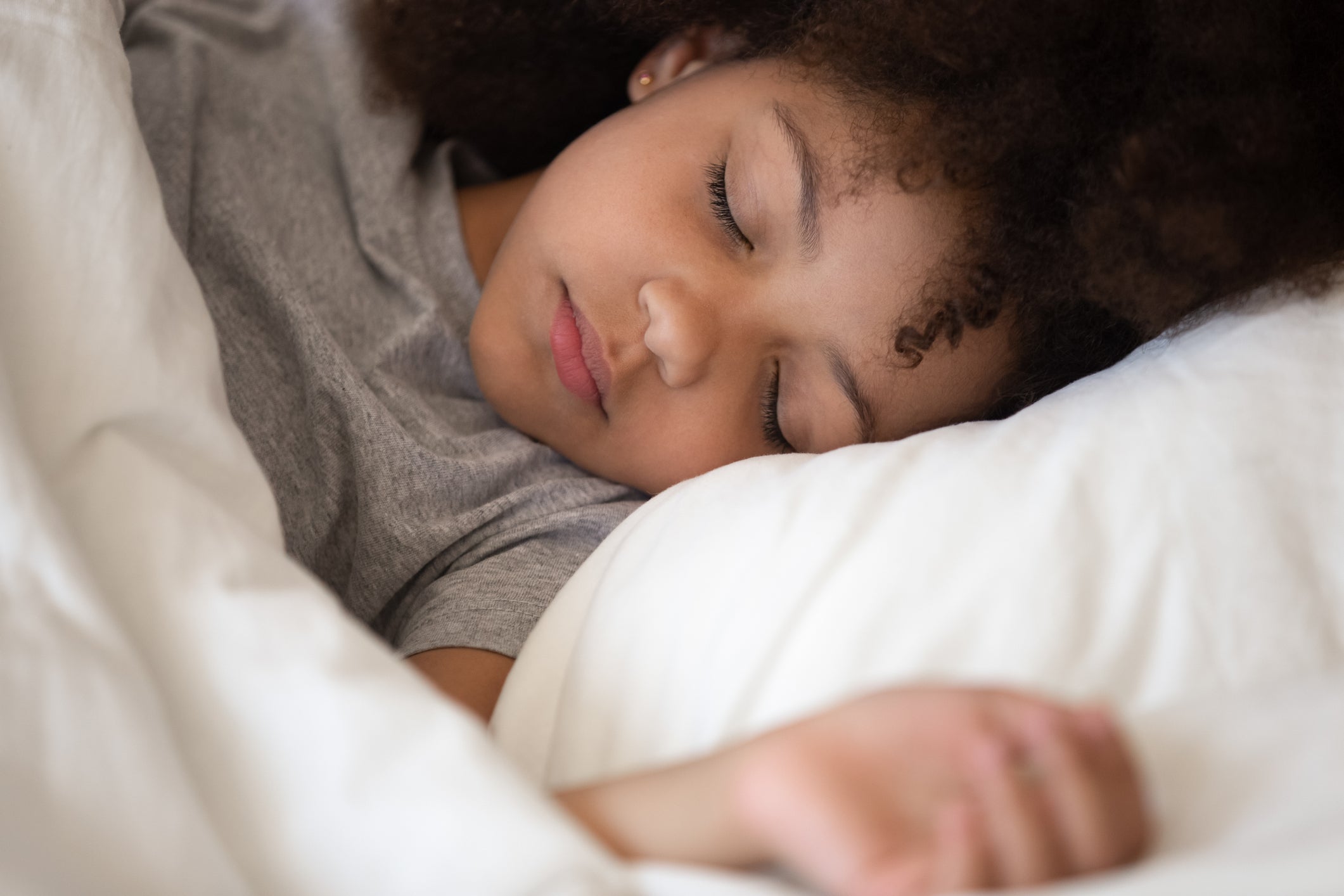-
Pool Safety

The weather is getting ever warmer, and soon it will be peak pool season! If you’re lucky enough to have a backyard pool, you probably can’t wait for the first pool party of the summer, or to watch your kids having fun out in the pool. It’s important to make pool safety a priority, though, because a fun day in the water can quickly turn tragic when parents aren’t paying attention.
Did you know that drowning is the leading cause of injury death in children between the ages of 1 and 4? The risk doesn’t end when kids leave preschool, either, and for kids aged 5-9, it’s the second leading cause of death, second only to motor vehicle accidents. Toddlers can drown in just an inch or two of water, but more than half of young children who die from drowning do so in home swimming pools.
What can you do to protect kids around water? Layer the safety measures.
- Fence the pool. Research indicates that over half of all swimming pool drownings of young children could be prevented with adequate fencing. All swimming pools, even temporary, above-ground pools, should be completely surrounded by a safety fence.
- Prevent kids from slipping outside without being seen. Safety gates, door locks, and doorknob covers should be your first line of defense, and all family members must be careful to shut doors after going outside.
- Be ready to perform a rescue. Have a shepherd’s hook and life preserver beside the pool, and learn how to swim and perform CPR.
- Teach kids to swim. Start getting your child used to the water early, around six months, and consider swim lessons by about age one.
- Never leave children alone around water. Supervision must be constant, your child needs your undivided attention, and the American Academy of Pediatrics recommends constant “touch supervision”, keeping kids within arm’s length.
- Designate a water watcher. An adult should be “on duty” at all times, to keep kids safe. If you’re the watcher, put down your cellphone, avoid distractions, and switch off with another adult when you need a break.
- Use life jackets and floaties. However, be careful not to let your guard down and trust those safety items to keep your kids safe without supervision.
- Don’t forget about additional hazards. Birdbaths, fountains, ponds, wells, and ditches are all hazardous to kids. Buckets, wading pools, and other water containers should be emptied as soon as you’re finished using them, as should trash cans or recycling bins that have collected rainwater. Inside, empty bathtubs after use, lock toilets, and don’t allow small children unsupervised access to bathrooms.
At the Center for Vasectomy Reversal, we love helping people build their families. Under the direction of Dr. Joshua Green, our team provides state-of-the-art treatment for men who need a reversal of their vasectomy or have other fertility concerns. To learn more, contact us through our website, or call 941-894-6428 for a free consultation.
-
Car Safety

The first U.S. patent for an automobile seatbelt was issued in 1885, but the first modern, 3-point seatbelt wasn’t installed in vehicles until 1959, and the first seat belt law didn’t come into play until 1968. Car seats were first created in the 1930s, but they were just for containing kids and letting them look out the window; it wasn’t until the 1960’s that the idea of car seats as safety devices came on the scene. In the nearly 50 years since then, car safety guidelines have changed quite a bit, and car seats are safer than ever. Are you doing everything you can to promote car safety for your kids?
- We all know that infant car seats are important, since the hospital won’t let you take the baby home without one. Little babies should be in a rear-facing car seat in the back seat, because that’s the best way to protect their heads and spines. A baby in the front seat is at risk from the airbags, and if he or she is forward facing or at the wrong recline angle, there’s a risk of restricting the airway.
- Use infant car seats the right way. Never hang toys from the carrier handle, because they could become flying projectiles in the event of an accident. Don’t put your baby in the infant seat in a puffy winter coat, because during a crash the coat can compress and make the baby less secure. Out of the car, don’t put the infant seat anywhere unsafe, like the top of a grocery cart or on a soft surface, and never let your baby nap in the car seat, because that raises the risk of sudden infant death syndrome (SIDS).
- As your baby grows, car seat safety is still just as important. Always know where your child is before you start your car, and use automatic door and window locks to keep your child safe. Follow the appropriate guidelines for when to move to a forward-facing seat or a booster, and use extreme caution if you’re considering a used car seat. Don’t let your kids transition to an adult seatbelt until they’re 4 feet 9 inches tall.
- Be aware that 46 percent of parents make a mistake when installing the car seat and putting the child into it. The seat should be tightly secured, with no more than an inch of movement from side to side or front to back. The harness must be secure, the chest clip even with the child’s armpits. Be careful to install car seats according to the manufacturer’s instructions, either using seatbelts or the LATCH system.
At the Center for Vasectomy Reversal, we love helping people build their families. Under the direction of Dr. Joshua Green, our team provides state-of-the-art treatment for men who need a reversal of their vasectomy or have other fertility concerns. To learn more, contact us through our website, or call 941-894-6428 for a free consultation.
-
How to Teach your Children about Respect

From the moment our children are born, we begin teaching them necessary life skills. We teach them to eat, train them to sleep, and teach them to walk, but sometimes we forget that we must also teach them how to be people of character. Children are not born respecting others, so how can you teach your children about respect?
- Give your kids the right tools. When babies cry, they’re not being disrespectful, but as children grow older, they must be taught that crying and tantrums are not the right methods for getting what they need. Establish clear limits and consequences for breaking rules, and teach kids how to politely ask you for what they need. When you set boundaries, you teach kids that the world doesn’t revolve around them, and when you teach manners, you’re causing them to think about how they speak to other people.
- Make sure your expectations are appropriate. Set your child up to succeed, by making sure his or her needs are met. A child who is hungry, tired, or stressed may react in a way that seems disrespectful without even realizing that’s what’s happening. Make sure kids have a clear understanding of what’s expected, and if they behave inappropriately, follow through on consequences but then discuss things later to clarify the limits. Talk to your child about what happened and why it happened, and listen to the child’s point of view.
- Recognize that compliance and respect are two different things. Some children are compliant without ever respecting their parents, just because they fear consequences. Discipline in a way that’s not demeaning or harsh, to foster an atmosphere of cooperation and respect.
- Monitor what’s going into their minds. Turn on sitcoms, movies, or YouTube, and you’ll immediately see that much of the programming directed at kids contains blatant examples of disrespect. Set limits on what your children see and hear, and talk to them about messages they’re getting from the world around them. Take the time to discuss the right and wrong ways to treat other people, so that your child understands the behavior you expect.
- Create a culture of respect in your home. Don’t lose your temper or allow inappropriate behavior to cause you to behave badly. Instead, model what you want to see reflected, holding yourself accountable for your mistakes as well as correcting your child in a respectful manner. Make sure your co-parent is on the same page, and that you treat each other with respect. When the rules of the house include treating other people respectfully, children will carry that behavior with them.
At the Center for Vasectomy Reversal, we love helping people build their families. Under the direction of Dr. Joshua Green, our team provides state-of-the-art treatment for men who need a reversal of their vasectomy or have other fertility concerns. To learn more, contact us through our website, or call 941-894-6428 for a free consultation.
-
Why it’s Important for Your Children to Get Enough Sleep

When it comes to kids and sleep, there are so many different schools of thought that it can be confusing. Some parents run a tight ship, with stringent sleep-training, bedtimes strictly scheduled, naps mandated, and nighttime rituals protected as though they’re sacred. Others have a more relaxed attitude, letting kids decide when they’re tired and get to bed whenever they feel like it. More and more, though, research is favoring the sleep-mandators, and doctors are urging parents to make sure their kids are getting enough sleep. Why is good sleep suddenly an urgent public-health mission?
- Growing kids need sleep. Growth hormone is principally secreted during deep sleep, which is why babies spend to much time sleeping. When children don’t get enough sleep, they don’t grow the way they should.
- Sleep is important to a child’s health. Sleep can help protect children from vascular damage. Additionally, excessive brain arousal during the night elevates blood glucose and cortisol, which are both risk factors in diabetes and heart disease. Kids who don’t get enough sleep are also at risk of becoming overweight, and too little sleep results in lowered resistance to infection, illness, and stress.
- Kids who don’t sleep enough are at a higher risk of injury. When children don’t get enough sleep, they’re clumsier and more impulsive. In fact, in one study of Chinese children, 91 percent of kids with two or more injuries in a year got fewer than nine hours of sleep each night.
- Good sleep enhances a child’s ability to learn. The impulsivity and distractibility seen in kids with ADHD are also seen in children who get too little sleep. Studies of school-aged kids have shown that adding as few as 27 minutes of sleep per night can make it easier for them to manage moods and impulses and focus on schoolwork. From infancy, kids process information while sleeping, and napping can boost recall in older kids.
So how much sleep does your child need? For children under a year old, the recommendation is 12 to 16 hours. For ages 1-2, it’s 11 to 14, and between 3 and 5, it’s 10-13 hours. Elementary kids need 9-12 hours of sleep each night, and teenagers require 8-10. To facilitate this, help your children establish good sleep habits, with a consistent bedtime ritual, a comfortable sleeping environment, and no screens for two hours before bedtime. If your child seems to be anxious about sleeping, snores loudly, wakes frequently during the night, wets the bed after age 7, or is excessively sleepy during the day, talk to your pediatrician.
At the Center for Vasectomy Reversal, we love helping people build their families. Under the direction of Dr. Joshua Green, our team provides state-of-the-art treatment for men who need a reversal of their vasectomy or have other fertility concerns. To learn more, contact us through our website, or call 941-894-6428 for a free consultation.
Recent Posts
Popular Posts
categories
- Uncategorized
- Sperm Retrieval
- vasectomy reversal
- Emergency
- Dr. Green
- sperm count
- fertility
- male infertility
- MESA
- medical care
- low sperm count
- IVF
- male fertility testing
- anesthesia
- pregnancy
- sperm aspiration
- semen analysis
- post-vasectomy pain syndrome
- infertility
- VE
- anti-sperm antibodies
- older dad
- general anesthesia
- gender reveal party
- post-operative infections
- baby name
- parent
- baby's first year
- fertilization process
- spinal anesthesia
- ACS Fellow
- nutrition tips
- concierge-level care
- fertility planning app
- azoospermia
- out-of-town patients
- V-V
- post-vasectomy reversal
- conceiving
- vasectomy
- vasoepididymostomy
- smoking
- sperm quality
- baby registry
- infographic
- surgical care
- surgical consultation process
- prostate cancer
- baby gender
- family time
- COVID
- Baby Shower
- Child Care
- Halloween Costume Ideas for Babies
- Halloween
- Halloween Safety Tips
- Celebrity Infertility Spotlight
- Postpartum
- testosterone
- Father's Day
- Father
- Men's Health
- Thanksgiving
- Pregnancy Announcement
- Parenting Tips
- Sperm
